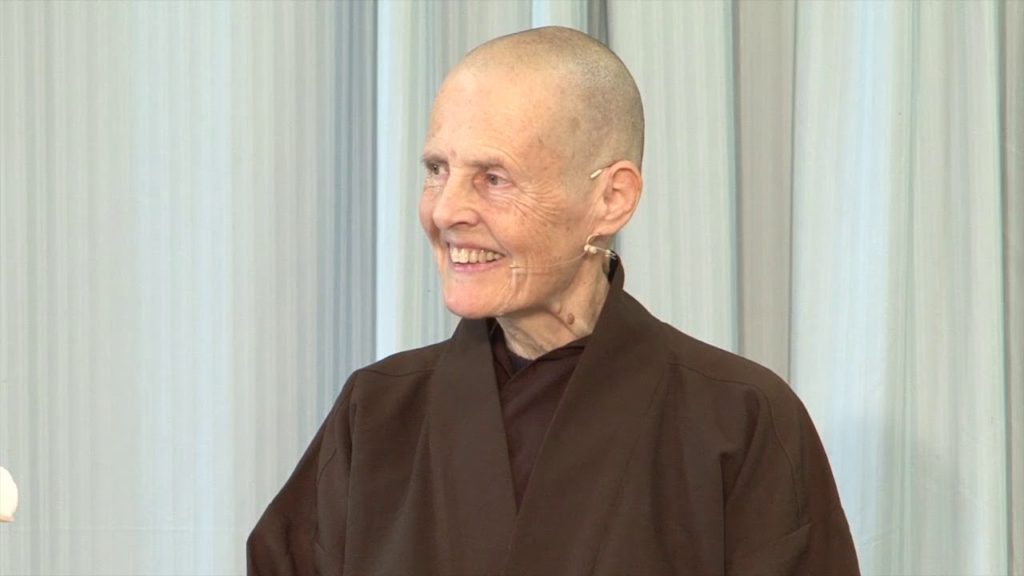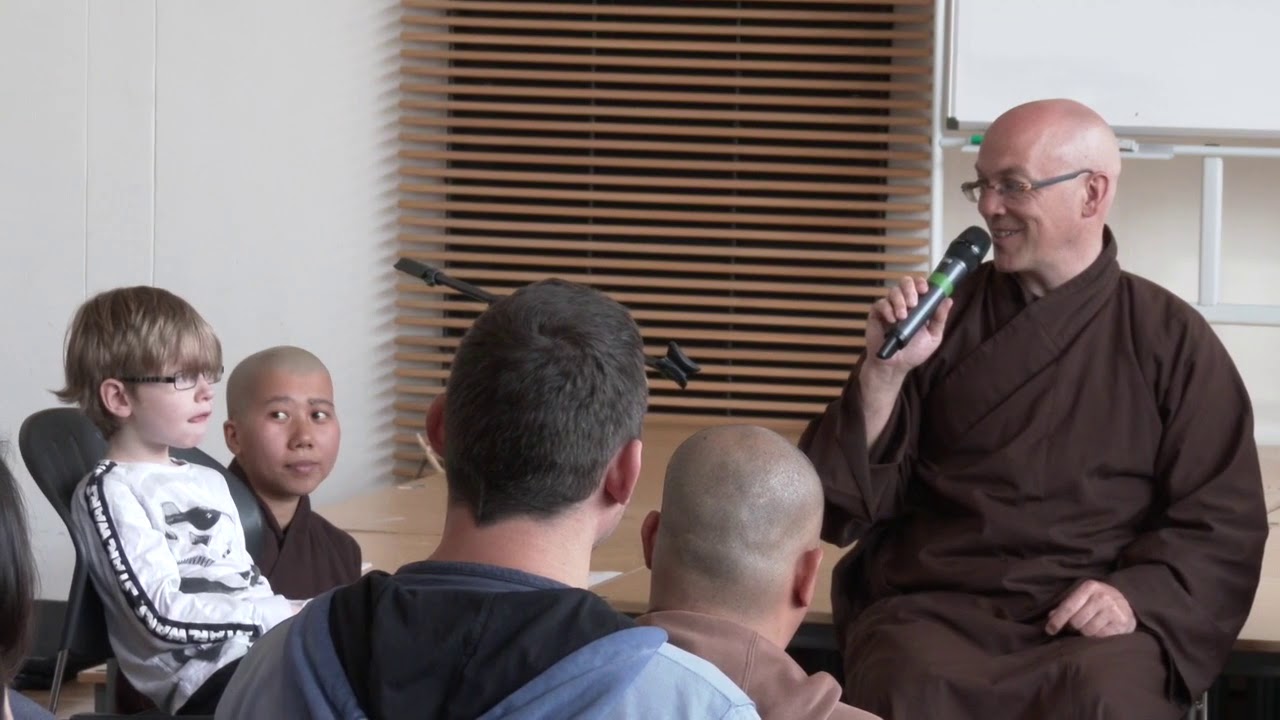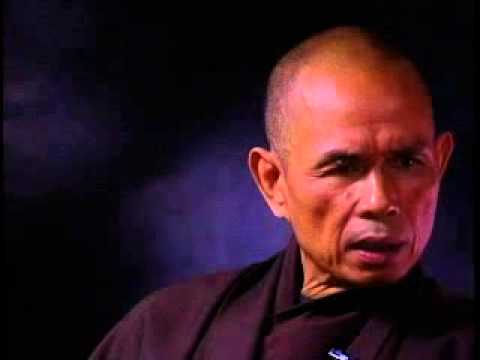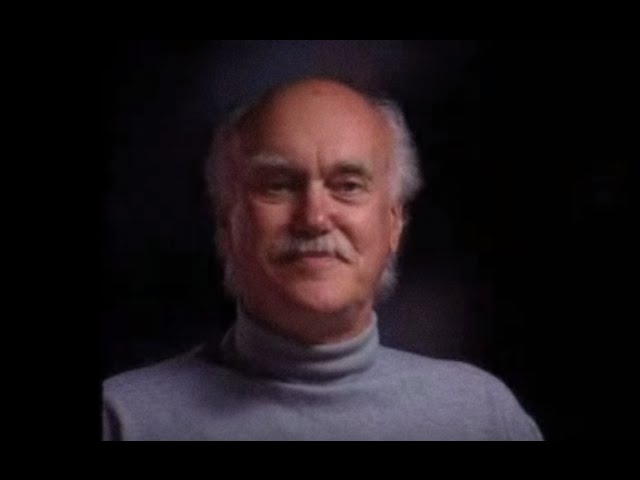During the Italian Retreat Sr Chân Đức begins the talk by answering some written questions from the Q & A session:
1. How do we manage our relationship so that we are not too needy nor too self-sufficient?
2. How do I deal with aggression in a relationship?
3. How do I introduce my son(s) to Buddhism?
4. How to practice reverence for life when it comes to pests like ants?
Sr Chân Đức clarifies that the Three Dharma Seals (the 3 Signs) are Impermanence, No-self and Nirvana, which is referred to as Tilakkana in the Theravadin tradition. This teaching is comparative to the Three Doors of Liberation, which are Emptiness, Signlessness, and Aimlessness.
We can meditate on momentary impermanence, which is the constant changing of our cells, our feelings and loved ones. Like a river with the same name but the water in it is constantly changing. Periodic impermanence is like the changing stages of our life, childhood, teenage, adulthood, old age and death. We can practice to meditate on impermanence to help us accept change when it comes in our life.
To practice no-self, we can re-examine our idea of “I”, “me” or “mine”. What are we made up of that we can truly call “me” or “mine”? We are the continuation of our ancestors. Emptiness is like no-self because emptiness means empty of a separate self. For example, when we eat a carrot we can practice to see the non-carrot nature in the carrot, like the sunshine, water, work, etc.
Meditating on emptiness, no-self, impermanence (I am of the nature to die) can help us get in touch with a deeper reality – the ultimate dimension of no birth, no death. Like watching the waves at the sea, it rises and falls, breaking down into water molecules and flowing back into the sea, and it also continues as sound energy as in when we hear the wave crash onto the beach. We are like the waves or the cloud that never dies, and cannot be grasped upon.
Signlessness. Signs come from our brain’s capacity to perceive through our sense organs. There are four important signs that we get caught in – self, human, living beings, and lifespan. As practitioners we can learn to go beyond these signs to realize the inter-being nature of all, so that we can live in harmony with all beings and take care of Mother Earth. As humans we can think ourselves more special than other species, but we are the youngest species in the history of evolution. There are other species with greater sensory capacities than us, and they also know better how to take care of the environment. We need to be careful of what we think as living beings and not taking care of non-living beings such as rocks and river because without them we cannot survive. Are you sure you did not exist before your birth certificate date? Even before you were a fetus inside your mother’s womb you existed half in her egg and half in your father’s sperm. And after death you are like the wave that returns to the water of the sea. Because we get caught in ideas of a separate self that we get caught in birth, death, lifespan. We can still feel sad when we lose a loved one, but we can meditate on these teachings to touch their continuation in us and around us.
Aimlessness – Everything you need you already have, it’s a matter of discovery when you give yourself the right conditions – daily practice of mindful breathing and walking, and being in a sangha can reduce the pressure of having to attain something on your own.
Her last message to the Italian sangha in regards to their wish to establish a monastery in Italy is that there must be relative harmony among the sangha members, among the Dharma teachers for it to manifest. This will come about when members practice deep listening to each other and be prepared to let go of your ideas.
Help us caption & translate this video!
https://amara.org/v/iOVT/
You can help us caption and transcribe this video on Amara






